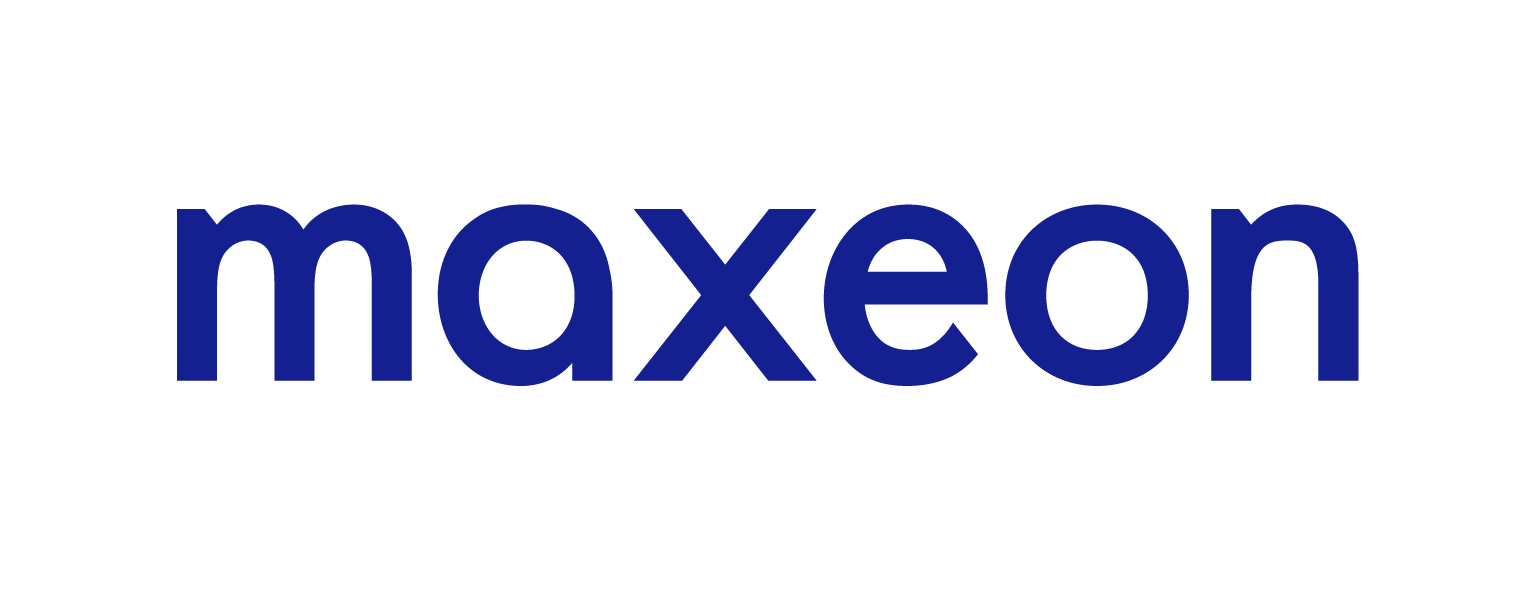Connecting Communities in a Global Health Crisis
Loon delivers 4G communications to rural populations in Kenya
The need for communication is never more critical than in a global health crisis. As the coronavirus pandemic continues to keep millions of people apart, an innovative technology will soon bring information, resources and communication to rural areas around the world. In Kenya, the government recently approved the launch of high-altitude balloons developed by Alphabet-owned Loon to ensure constant communications, help fight the spread of the coronavirus, and provide more reliable connectivity to rural areas over the long term.
Loon balloons hover at the edge of space to provide reliable Internet access and connectivity to remote regions on earth. In this case, a new venture between Telkom Kenya and Alphabet's Loon will provide 4G network access to areas not covered by any mobile network providers. All onboard navigation and communications equipment are powered by Maxeon solar cells.
As a country with 50 million people and only 578 intensive-care-unit beds, preventing further spread of COVID-19 is heavily dependent on a community's ability to access the latest information and education. Stable communication between families, medical professionals and local governing bodies is vital.

A Loon balloon with SunPower Maxeon solar onboard begins its mission.
Redefining Resilience
Loon balloons operate in Earth's stratosphere, 20 kilometers above sea level. Unlike stationary cell towers which are typically built in areas of high population density, the balloons can travel to where connectivity is needed most. Onboard electronics powered by SunPower Maxeon technology and a rechargeable battery navigate the way with the aid of autonomous software constantly monitored by operators on the ground. A cell phone user needs nothing more than a standard LTE phone to connect to the Loon network.
To deliver on their promise, Loon balloons must be reliable and durable. And to date, Loon has logged more than 1 million flight hours and 40 million kilometers – enough to make 100 trips to the moon. Loon balloons have stayed aloft for more than 220 days on a single flight, a stratospheric record for any aircraft. The balloons currently supporting coverage in Kenya first traversed thousands of miles before settling into position.

The flight path of one Loon balloon (HBAL125) on its way from Puerto Rico to Kenya. (Image source: Loon)
The software and engineering accomplishments are striking. But it's also an impressive physical feat, given the harsh conditions of the stratosphere, with intense UV radiation levels, 100 km/hour winds and temperatures as low as -90 degrees Celsius. These conditions mean onboard equipment must be extremely lightweight and durable. The custom SunPower panels tethered to each balloon weigh only 1 kilogram yet are capable of generating 165 watts of power – an impressively efficient weight-to-energy ratio. Maxeon cell technology, which provides up to 35% more energy over 25 years in the same space as conventional solar,1 makes this possible.

A worker at the SunPower panel manufacturing site in France inspects Maxeon cells.
To withstand these extreme conditions and ensure reliable power, a select team of SunPower engineers in Porcelette, France, manufactures and scrutinizes each solar cell and panel. The team holds itself and its products to exceptionally high standards, knowing their work helps Loon fulfill its mission of connecting hard-to-reach populations with critical resources during a global emergency.
"We are truly humbled by the scale of this pandemic, and hope that our technology can help power positive change through Loon's inspiring work," said Jeff Waters, CEO of SunPower Technologies.
Our hearts are with the people of Kenya and around the world who are facing an extremely precarious situation. We salute companies like Loon doing their part and hope that our technology can make a small difference in this very critical time.

